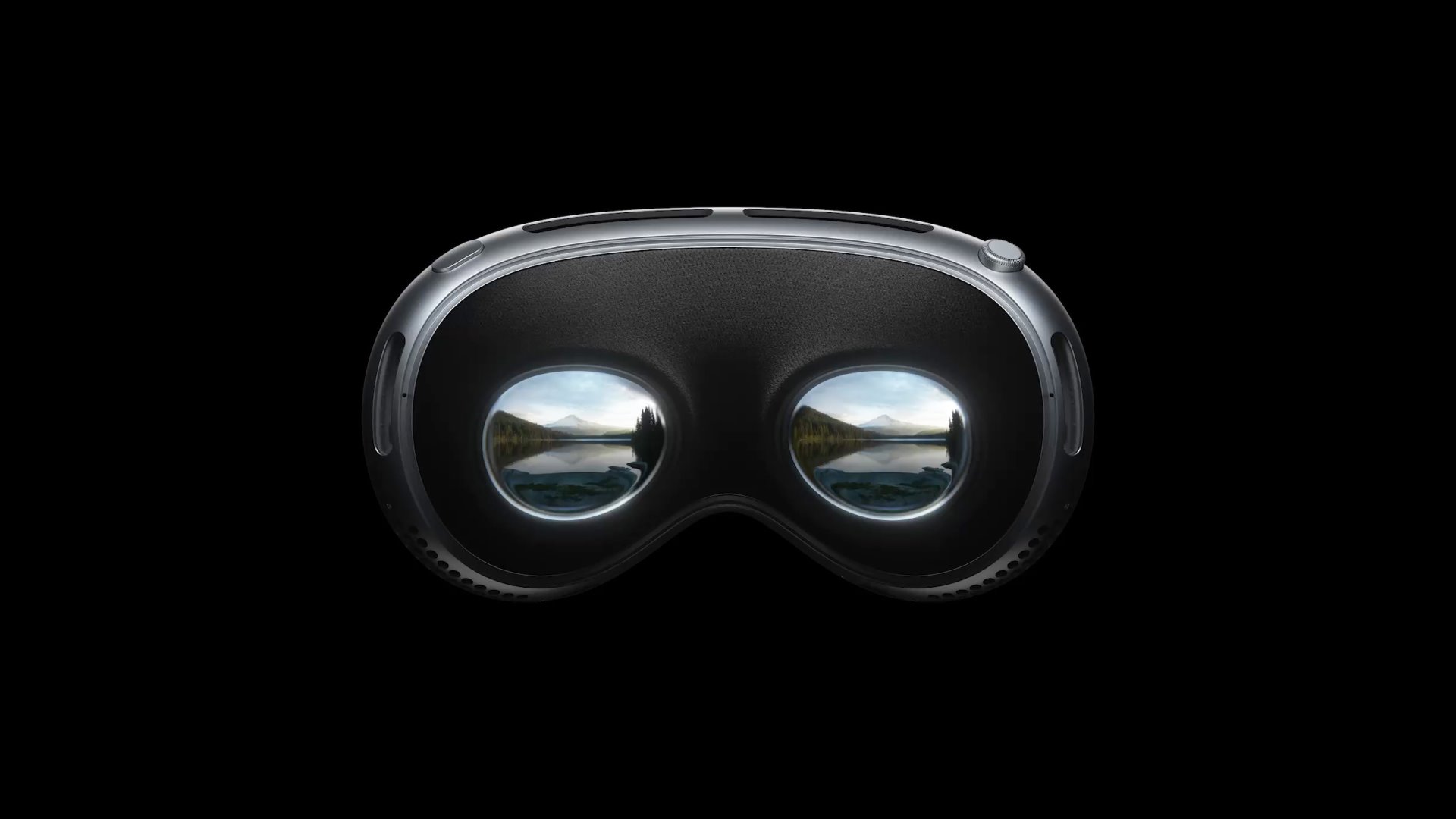Fewer than half of people who apply to medical school get in. Some schools — like Kaiser Permanente in Pasadena — accept only about 1 percent of applicants. Nursing school is equally competitive: While the overall acceptance rate for nursing master programs hovers under 70%, the most competitive schools accept far fewer. The University of California at Irvine accepts only 6% of nursing applicants.
Yet for all the rigorous training, healthcare workers enter the job market relatively inexperienced at their jobs. The nature of healthcare itself changes rapidly, requiring healthcare workers to learn new things on a constant basis. New techniques, technologies, research, and pharmaceutical breakthroughs compel most people working in the medical world into a lifelong state of learning.
The training given to healthcare providers is in a continual state of innovation. Finding more efficient, effective, consistent, and scalable ways to train providers — at the start and throughout their careers — is essential to patient health and lives. Over the last handful of years, virtual reality (VR) has emerged as a groundbreaking tool for healthcare training with the potential to reshape learning.
VR’s impact on healthcare training
“Virtual reality (VR) and augmented reality (AR) are quickly emerging as the high-tech solution for improving the delivery of healthcare education.”
Edumed
While the learner experiences the training as if it were the real world, VR training occurs entirely in a headset in an immersive virtual environment. The immersive nature of VR facilitates a deeper learning experience. Through the use of gamification and other interactive elements, VR training can make learning fun and engaging, leading to better outcomes and improved retention rates.
VR training has already become a standard part of the curriculum within the healthcare industry. A few years ago, the NIH National Library of Medicine gathered research from 21 clinical trials to discover how VR is used to train medical groups in various procedures, including areas like laparoscopic surgery training. The study found VR to be more effective than traditional training methods in improving learning outcomes, accuracy, and confidence — with “improved learning” found in 74% of the studies. Not only that, but the study found “higher accuracy in medical practice by people trained through VR” 87% of the time.
Because of these early success rates, research firms project that the VR market in healthcare (including AR or augmented reality) will also see a 22.5% annual compound growth rate in the next five years.
Dive Into the Future of Healthcare Training! 🩺
The general benefits of VR healthcare training
The potential for VR training encompasses a lot of areas of healthcare, and the benefits depend upon each use case. VR makes hands-on training possible within a virtual environment without the risk of real-world consequences, so healthcare providers can finesse their skills before making decisions about actual patients. VR also gives practitioners an environment in which to practice valuable soft skills, such as how to communicate professionally yet with compassion. Because VR can simulate high-stress situations, it provides an opportunity to better emotionally prepare healthcare professionals for real-life conversations and even emergencies.
VR has benefits beyond the ability to impart realistic training in a risk-free environment. It also offers the potential for personalized learning, with VR modules tailored to suit digital learning curves and offer customized skill acquisition. However, one of the most significant benefits of VR training is its scalability. VR training makes quality healthcare training accessible on a widespread scale, meaning it can be offered in remote areas, to underserved communities, and consistently across populations of learners. Large groups of learners — even dispersed groups of learners — can be taught at once in a way that’s highly consistent.
Training surgeons and other healthcare professionals in high-risk situations
Surgeons can’t afford a big learning curve in their jobs. By far, the biggest benefit of VR in healthcare training is its ability to immerse learners in a highly realistic scenario so they can practice fundamental skills in a controlled environment. This is especially effective when training providers on extremely difficult or dangerous medical procedures in which patient safety would be at stake, such as in surgery.
VR learning is already being used by some of the biggest and best training institutions in the country. The Johns Hopkins School of Nursing uses VR training for use cases like resuscitation, anaphylactic reactions, postsurgical management, acute-care management, and pediatric critical care. Mass General Hospital uses VR training to augment orthopedic education and to train medical students and residents in the motor skills required for surgery. At George Washington University, one innovative use case for VR training gives surgeons a glimpse into the brain and body of a patient before a neurosurgery and thoracic surgery. This improves their situational awareness and, thus, their surgical efficiency.
AdventHealth uses Immersive Learning to train RNs on procedural sedation across multiple hospitals in the State of Florida. The initial Immersive Learning pilot had a very high success rate, with 88% of RNs emerging more confident about assessing patient conditions and 87% more confident in administering medication incrementally.
VR also gives training surgeons feedback on their performance in the headset so they can strategically improve their skills over time — and so that training supervisors know exactly where the weaknesses lie in the learning.
Training nurses
A few years ago, the ability to train professionals immersively and remotely helped “fill a pandemic-shaped void” in healthcare training. Nurses, in particular, benefited from VR during the shift to remote learning, but even before the pandemic, a 2017 survey found that 65% of nursing programs were dabbling in using visual stimulation technologies, and at least half expected to use VR for RN training by 2025, at least to some degree. The potential for nurses to learn from anywhere — and to learn by doing in a virtual environment — will be a game-changer for the nursing workforce.
At Robert Morris University, VR nurse training is helped by gamification, which allows nursing students to practice urinary catheter insertion in a virtual environment. Healthtech reported: “Students who trained with VR spent more time practicing, could complete more procedures in a 60-minute period, and gave higher marks to the immersive experience” as compared to those who practiced on mannequins.
With high hopes for VR learning, the National League for Nursing also cites benefits from engaging diverse learnings to bridge clinical and classroom experience, standardizing lesson plans in the interest of equal-opportunity training, and the ability to realistically replicate clinical scenarios to compensate for a lack of clinical placement opportunities.
Teaching providers valuable soft skills
“Bedside manner” is something patients care deeply about — but it’s not the crux of learning at medical school. Immersive Learning offers a way to put healthcare providers in the shoes of patients, enabling doctors, for instance, to better understand what patients are going through.
Stanford Children’s Hospital instituted an Immersive Learning program to help physicians better handle extremely difficult conversations with the family members of young, seriously sick patients. VR training, in this case, gave the physicians the opportunity to practice conversations with avatars in a headset, and 95% of the Fellows who participated in the training indicated that they would do it again.
Another case: when used to mimic age-related conditions such as hearing loss and macular generation, VR has been proven to teach medical professionals empathy for their older patients. There are a lot of potential uses for VR training when it comes to teaching empathy and other critical soft skills not just to providers but to all kinds of healthcare workers, including front desk staff, call center workers, and employees in billing departments.

Valuable feedback in medical learning environments
“Accurate and objective assessment is an Achilles heel among many surgical residency programs.”
Harvard Business Review
One last area in which VR training will innovate healthcare is when it comes to accurately assessing the efficacy of training in both the short and long terms. There are not always standardized scoring systems in place for surgical and other medical skills, and teaching staff can impart bias when gauging the performance of residents.
VR can provide consistent, standardized feedback to learners and provide clear metrics to those overseeing learning operations. The metrics that Strivr’s Immersive Learning platform offers include usage, performance, engagement, and sentiment analysis. VR also holds the potential to give learning institutions access to predictive analytics — reasonable expectations of how a learner will perform on the job. Knowing whether a surgeon will be good at their job is a priceless promise.
The promise of VR in revolutionizing healthcare training
For higher-ed institutions and healthcare organizations, VR is already establishing itself as a massive game-changer. When implemented alongside traditional training methods, it can complement and truly transform healthcare learning.

VR Health & Safety Training
Health and safety are paramount for companies today. Rapidly training employees in safety protocols is crucial. Immersive Learning offers realistic scenarios, preparing individuals effectively for real-world health and safety challenges.
Explore VR Health & Safety Training



